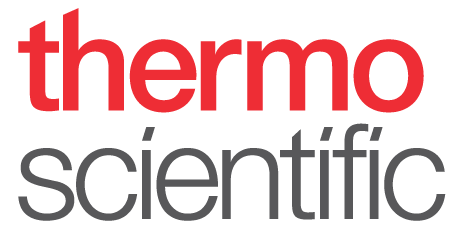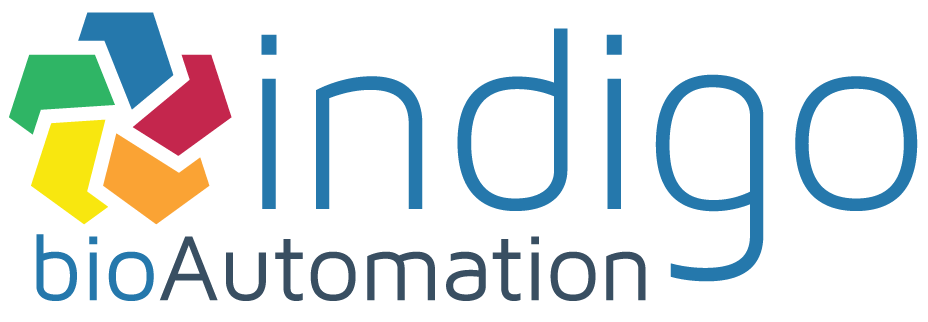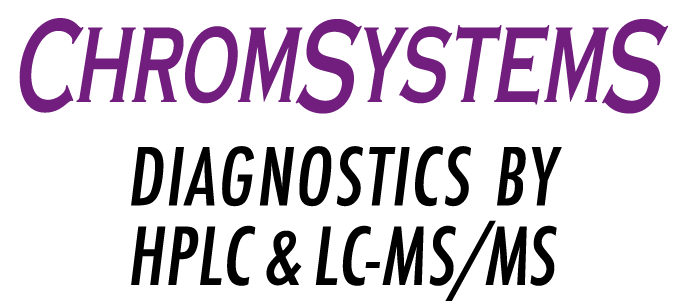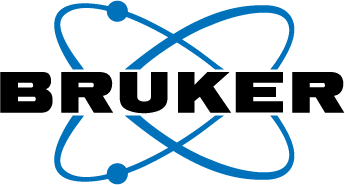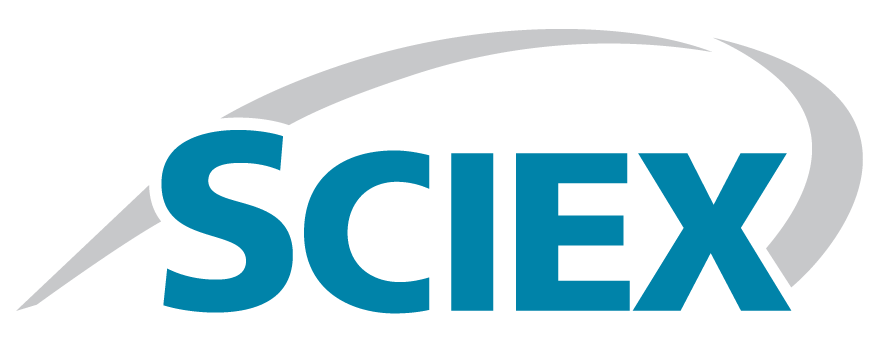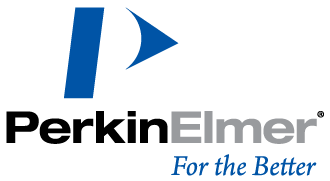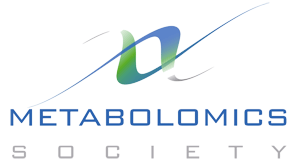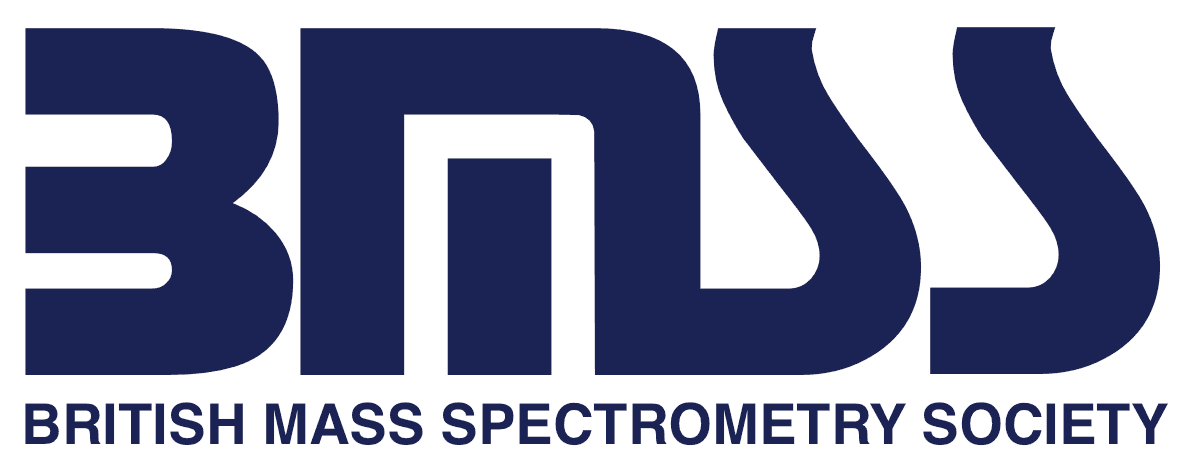MSACL 2017 USPalm Springs: Jan 22-26 |
Details
MSACL US
|
Plenary Lecture Series
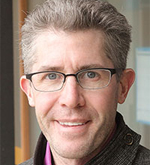 | >> Tuesday 5:00 PM @ Exhibit Hall (Oasis) Switching presentation positions with C. Fenselau who is now presenting Wednesday at 9AM. Travel delay. Translational Top Down Proteomics in Oncology: from Histones to KRAS and Beyond Neil Kelleher Northwestern University A general theme in translational proteomics that involves first genotyping patients will be presented. Some peptide-driven assays for histone modifications in cancer epigenetics will be presented, along with whole-protein (i.e., top down proteomic) measurements of high value targets like KRAS. Assays deployed in clinical research are typically developed and validated with basic studies ofisogenic cell-based models of colorectal cancer, multiple myeloma, and glioblastoma. Current state-of-the-art in whole protein mass spectrometry will be presented, along with the state of play in assessing the value of proteoform-resolved measurements in clinical research and biomarker discovery & verification. |
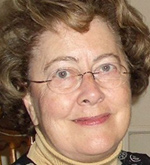 | >> Wednesday 9:00 AM @ Exhibit Hall (Oasis) Distinguished Contribution Award Lecture Rapid Characterization of Microorganisms by Mass Spectrometry: What can be Learned and How? Catherine Fenselau University of Maryland Various configurations of MALDI mass spectrometry have been developed for rapid detection of unprocessed microorganisms on the battle field. Recently this direct approach has been approved by the FDA for use in clinical microbiology. Automated data processing has a critical role in both of these applications, and both library matching and proteomic bioinformatics have been developed to identify bacteria based on their mass spectra. This presentation will include a historical overview of the biomarkers, including phospholipids and proteins, which can be observed directly from unprocessed bacteria and yeast using many different ionization methods. Observations will be offered on strategies for sample enrichment. Current limitations and challenges for mass spectrometry-based strategies will be discussed. |
 | >> Wednesday 10:45 AM @ Exhibit Hall (Oasis) Molecular Tissue-Typing: Comprehensive Imaging Mass Spectrometry in Translational Clinical Research Ron M.A. Heeren M4I, Maastricht University A comprehensive understanding of molecular patterns of health and disease is needed to pave the way for personalized medicine and tissue regeneration. The best way to capture disease complexity is to chart and connect multilevel molecular information within a tissue using mass spectrometry and data algorithms. this molecular tissue-typing using imaging mass spectrometry provides unique insights in patterns of health and disease. Mass spectrometry based molecular information is impacting clinical research and diagnosis in various disciplines, ranging from pathology to surgical care. Molecular detail provided by translational imaging mass spectrometry is demonstrated to directly benefit patient cure and care. |
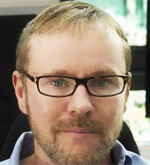 | >> Thursday 11:00 AM @ Exhibit Hall (Oasis) A Defined “Structure” for the Immune System that Reflects Immune Surveillance & Mechanistic Processes Garry Nolan Stanford University School of Medicine High parameter single cell analysis has driven deep understanding of immune processes. Using a next-generation single-cell “mass cytometry” platform we quantify surface and cytokine or drug responsive indices of kinase target with 45 or more parameter analysis (e.g. 45 antibodies, viability, nucleic acid content, and relative cell size). Similarly, we have developed two advanced technologies that enable deep phenotyping of solid tissue in both fresh frozen and FFPE formats (50 – 100 markers). We have recently extended this parameterization to mRNA with the capability to measure down to 5 molecules per cell in combination with any other set of previously created markers.
|


